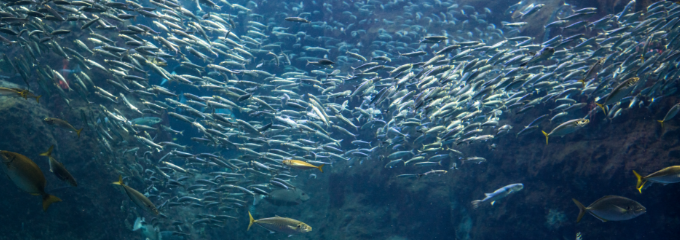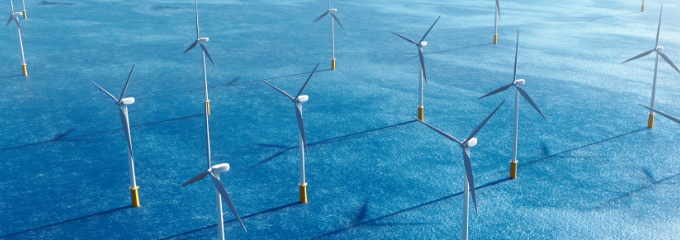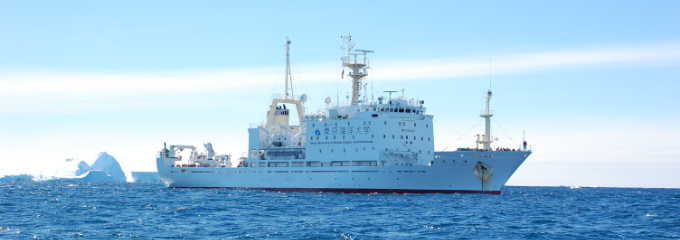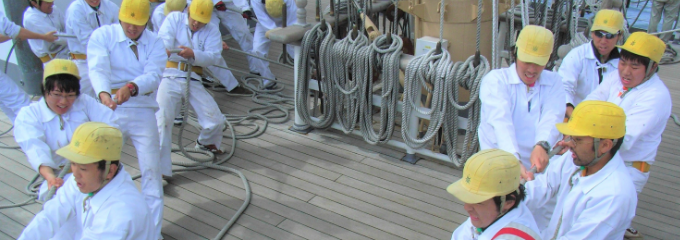FACILITYOn-campus educational facilities
"Umitaka-maru" will conduct oceanographic observations along the 110th east longitude line in the waters south of Australia as part of the Ministry of Education, Culture, Sports, Science and Technology's "Antarctic Area Observation Project Basic Observation," which was jointly applied for and adopted with the National Institute of Polar Research, the Research Organization of Information and Systems. going.
In addition, we have obtained research funds from the Ministry of the Environment and are conducting joint research with Kyushu University on floating plastic particles, floating debris, and seafloor litter.
On the Shioji Maru, I am participating in a wide range of research, from basic experiments on autonomous navigation and automatic maneuvering to actual ship experiments with multiple functions, various experiments on ship operation, and support for ocean observation research.
In addition, research on the geological structure of the seafloor, resource surveys, drifting debris, and seafloor debris is being conducted on the Kamitaka Maru.
Training ship, etc.
Umitaka-maru
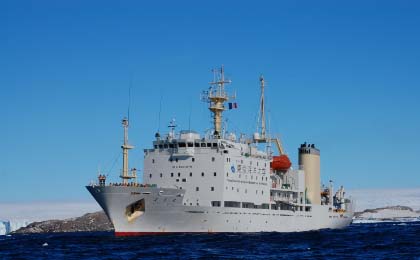
In addition to conducting practical training and research on board ships in the Pacific Ocean, Indian Ocean, Antarctic Ocean, etc., students of the Department of Marine Science are provided with advanced maritime training through ocean voyages.
| Gross register tonn | Length | Voyage speed |
|---|---|---|
| 1,886 t | 93m | 17.4 knots |
Shinyo-maru

We have sailed from around Japan to the equatorial waters of the Pacific Ocean, and we are working on practical training on fisheries and oceans, maritime technology education, etc., and training advanced maritime engineers.It is equipped with state-of-the-art observation equipment that can investigate not only underwater but also under the seafloor.
| Gross register tonn | Length | Voyage speed |
|---|---|---|
| 986 t | 64.55m | 13.56 knots |
Shioji-maru
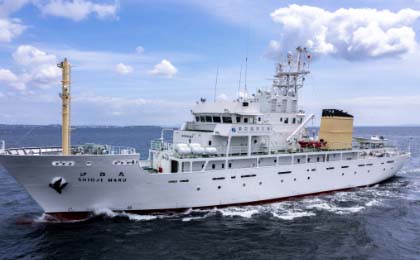
Based in Tokyo Bay, sailing in nearby waters, training of ship staff, development of human resources for marine development, education/research on ship operation technology, marine environment observation/education, etc. A state-of-the-art facility capable of handling education and research in all three faculties of Tokyo University of Marine Science and Technology. is a training ship.
| Gross register tonn | Length | Voyage speed |
|---|---|---|
| 775 t | 60.73m | 12 knots |
Yayoi
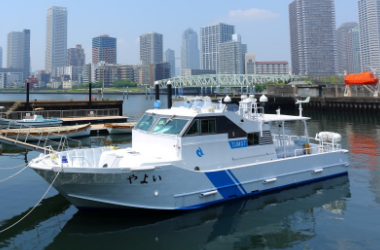
It is used for support such as sailing training and cruising, and for experimental training.In addition, since a computer network can be established with the university via satellite communication, it is possible to conduct detailed experiments based on detailed data on the voyage, machinery, and environment during the voyage.
| Gross register tonn | Length | Voyage speed |
|---|---|---|
| 19 t | 17.8m | 23 knots |
Hiyodori
It is used as a training boat for general fisheries training, fishing training, and surveys and research in Tokyo Bay.
| Gross register tonn | Length | Voyage speed |
|---|---|---|
| 19 t | 17.3m | 13.78 knots |
Application for joint use of training ships for educational purposes
At Tokyo University of Marine Science and Technology, we are currently conducting joint use of "education," "research," and "investigation" with other educational and research institutes using training ships owned by the university.
Our university currently owns three training ships: the Umitaka Maru, the Kamitaka Maru, and the Shioji Maru.
Using these training vessels, our university trains and produces leaders in industry, government, and academia who are active internationally in the maritime field. It has served as a center of education.
Tokyo University of Marine Science and Technology contributes to the development of marine science and technology by providing these training ships not only to the university but also to educational and research institutions that do not have training ships.
This time, among the training ships, "Kamitaka Maru" and "Shioji Maru", we have established a system and organization for joint use in education. By providing a place for offshore education using the "Shioji Maru", we decided to aim for further development of Japan's marine science and technology education.
As a general rule, training, education, and guidance on shipboard life on the training ships "Kamitaka Maru" and "Shiodo Maru" are provided by faculty members of our university and faculty members of the boarding universities. To find out what kind of education is possible, please see the details of shared use of each training ship for education below, and please feel free to contact us if you have any other questions.
In addition, "joint use" that corresponds to this case corresponds to educational training that is given credits at the university where you use it.
If you wish to apply for the use of our training ship for purposes other than the above, such as research, please contact us separately.
Joint use application guidelines
Detailed information on joint use of training ships for educational purposes
Click here for survey research, etc.
Umitaka Maru Voyage
Other educational facilities
Library(Shinagawa, Etchujima)
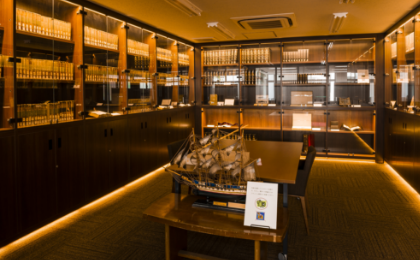
Anyone can use the Tokyo University of Marine Science and Technology Library.
The Shinagawa Campus Library mainly holds materials related to the fields of "marine life," "fisheries science," "fishery," and "food."
The Etchujima Campus Library mainly holds materials related to the fields of "Ships" and "Logistics/Transportation".
global common(Shinagawa)
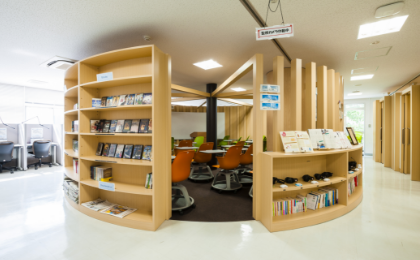
Global Common is a space where you can study bob博彩公司_申博体育在线-投注*官网 according to your individual level.
Equipped with 20 individual booths for self-study and 3 soundproof booths for speaking practice, you can choose according to the content you want to study.
The Etchujima Campus has an bob博彩公司_申博体育在线-投注*官网 learning space with 3 individual booths in the attached library, and is enriched with teaching materials.
Field Science Center(station)
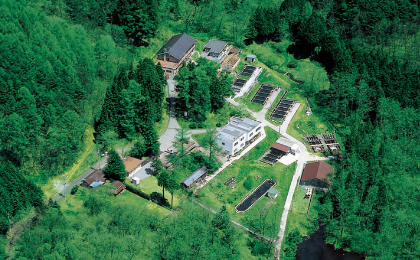
We have the Hydrosphere Science Field Education and Research Center to conduct practical education and advanced research in the field that cannot be experienced on the Tokyo campus.There is a "Rinkai Field" for the sea and an "Inland Water Production Field" for freshwater fish, and there are 5 stations and 1 branch.




